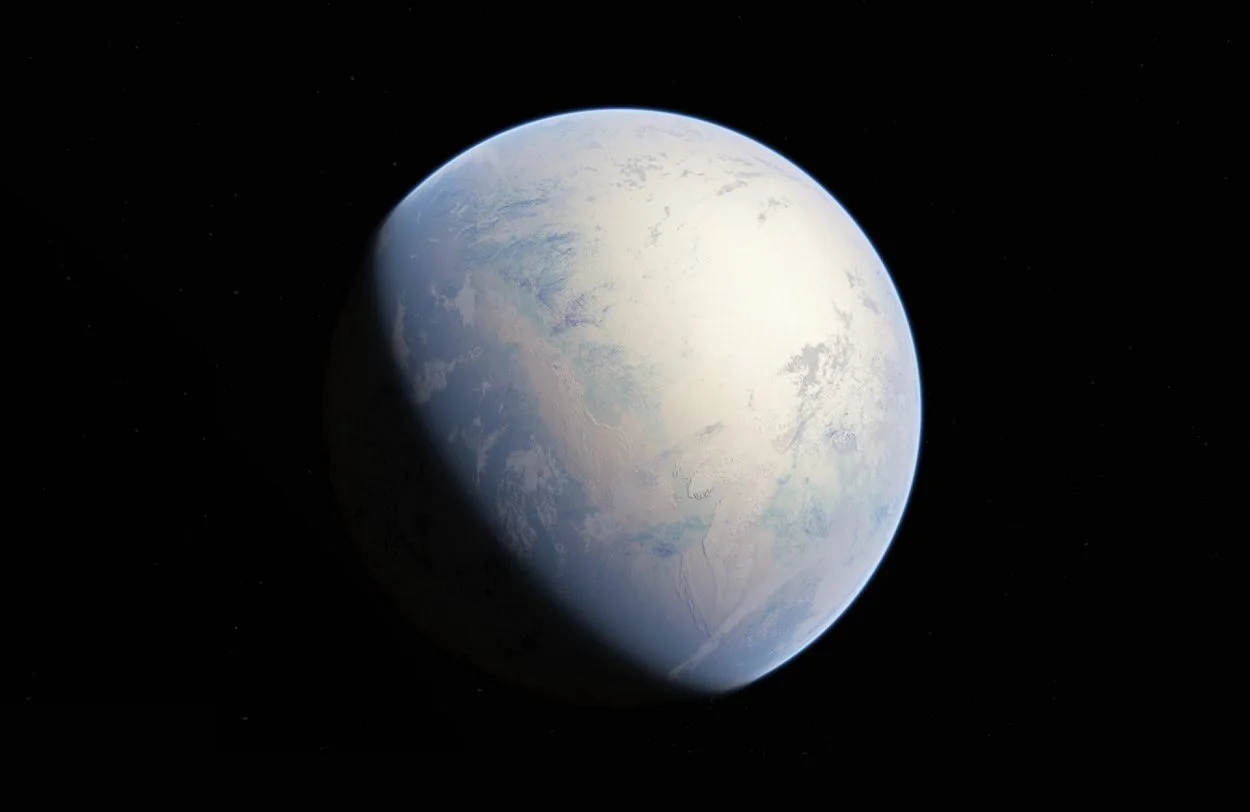Geologists have solved the source of Snowball Earth, a period when the planet’s environment was an extreme “icehouse”.
A new study by the University of Sydney has applied plate tectonic modelling to understand the cause of the ice-age climate.
According to the geologists, the event was the result of low volcanic emissions that occurred more than 700 mya, providing new insights into how sensitive global climate is to atmospheric carbon concentration.
“Imagine the Earth almost completely frozen over,” said the study’s lead author, ARC Future Fellow Dr Adriana Dutkiewicz. “That’s just what happened about 700 million years ago; the planet was blanketed in ice from poles to equator and temperatures plunged. However, just what caused this has been an open question.”
“We now think we have cracked the mystery: historically low volcanic carbon dioxide emissions, aided by weathering of a large pile of volcanic rocks in what is now Canada; a process that absorbs atmospheric carbon dioxide,” added Dr Dutkiewicz.
The study analysed plate tectonic models that demonstrated the evolution of continents and ocean basins at a time after the breakup of the ancient supercontinent Rodina.
Using a computer model, the researchers were able to calculate the CO2 degassing of submarine volcanoes along mid-ocean ridges, revealing that the start of the Sturtian ice age precisely correlates with an all-time low in volcanic CO2 emissions. In addition, the CO2 outflux remained relatively low for the entire duration of the ice age.
Dr Dutkiewicz said: “At this time, there were no multicellular animals or land plants on Earth. The greenhouse gas concentration of the atmosphere was almost entirely dictated by CO2 outgassing from volcanoes and by silicate rock weathering processes, which consume CO2.”
As a consequence, atmospheric CO2 declined to a threshold triggering glaciation, estimated to be below 200 parts per million, less than half of today’s level.
Header Image Credit : Oleg Kuznetsov – CC BY-SA 4.0





